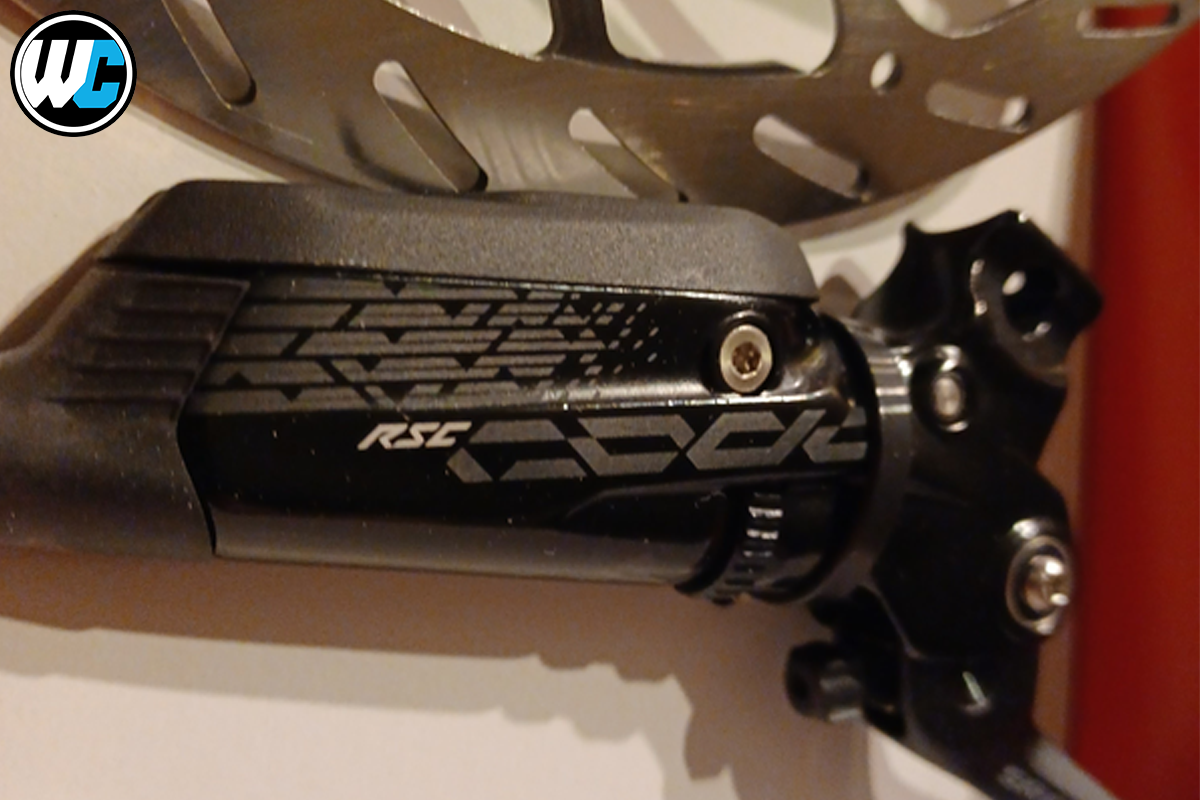- Continue Shopping
- Your Cart is Empty
SRAM Code RSC Hydraulic Disc Brakeset [Rider Review]
Our "Rider Review" article series features the honest reviews from verified purchasers of Worldwide Cyclery. They contain the photos, thoughts, feedback & overall review you are looking for.
SRAM Code brakes are a staple DH brakes. They're known for great modulation with a lot of power to shut down things quickly. Our friend, Matthew, has been running them for some time. See what they think!
Overview
After running these brakes for a month, I would be lying if I did not confidently refer to them as the best brakes I've ever run. Most importantly, they stop the bike, and fast when you need them to do so and the lever point of contact is always the same - always.
Why I bought these: I was running the Sram G2 RSC, which I really love, but wanted more power for the upcoming Enduro season. I had never run codes before, but have several other Sram and all the Shimano, including the XTR, as well as TRP and Hope. TRP and Hope I like, but to be honest, parts can be hard to get...and Magura can be a pain to bleed, though I think they are the most powerful brakes I have had on a bike. It was time for the well-reviewed Codes. Obviously, they have not disappointed.
What I like: There are two things that stand out with the RSC Codes. First, they bite and bite hard when pressed hard and modulate perfectly when feathered. Second, the brake point for them is always the same. I ran into the "mysterious" moving brake point on Shimano Deore XT I had on my bike before the Codes. I had heard about this as a problem, but until early this spring, had never experienced it. Once was enough. While I have only had these codes for a month, I have run a lot of Sram's other brakes and never came close to the experience I had with that moving brake point. I thought I lost my caliper.

Also, hard to leave out Sram's Match Maker control mechanism in a review of their brakes. The fact it makes the cockpit look cleaner is nice, but the real advantage is how well it works to keep your controls in one place, all tucked together. I definitely recommend running them at 2nm to avoid cracking the brake in case of hitting a tree. That seems to be the magic number for Sram so that the brake stays confidently in one place when pressed, but moves downward when they impact something like a tree.
After running these brakes for a month, I would be lying if I did not confidently refer to them as the best brakes I've ever run.
What I do not like: it is nitpicking, but I wish Sram's bleeding process was not so cumbersome and wish the fluid was not DOT stuff. The codes are not hard to bleed like I find Magura to be, but the process with syringes is a little awkward. That said, the bleeding job is easy enough - if I can do it, you can ... trust me. There will never be a need to pay to have it done at a shop...worth investing in the pro bleed kit.
Paired with the new HS2 rotors. I paired these brakes with two HS2 200 rotors. Though these were my first Codes, this was not the first time I ran Sram 200 rotors...just the first time on the thicker HS2s. It's hard to say I notice a difference in the rotor feel...but they look bigger...and I believe in science... So I am a fan. I would say if you are getting a new set of Codes, spend a little extra and get the bigger rotors for the bigger brakes. I bend a lot of rotors riding on the east coast, so it will be interesting to see in the long run how true these stay.
Final Thoughts
Updated Codes? Sram updated the Guides to the G2s a few years ago, but Sram did not make any similar substantial changes to the Codes. I hope they do not mess with them. They work just the way they need to.
Bonus: The Sram Stealthamajig is such a great part of their brake system. If you do not know what this olive part is, google it. It makes swapping brakes so easy and seamless. Great invention... and just as great of a name.







